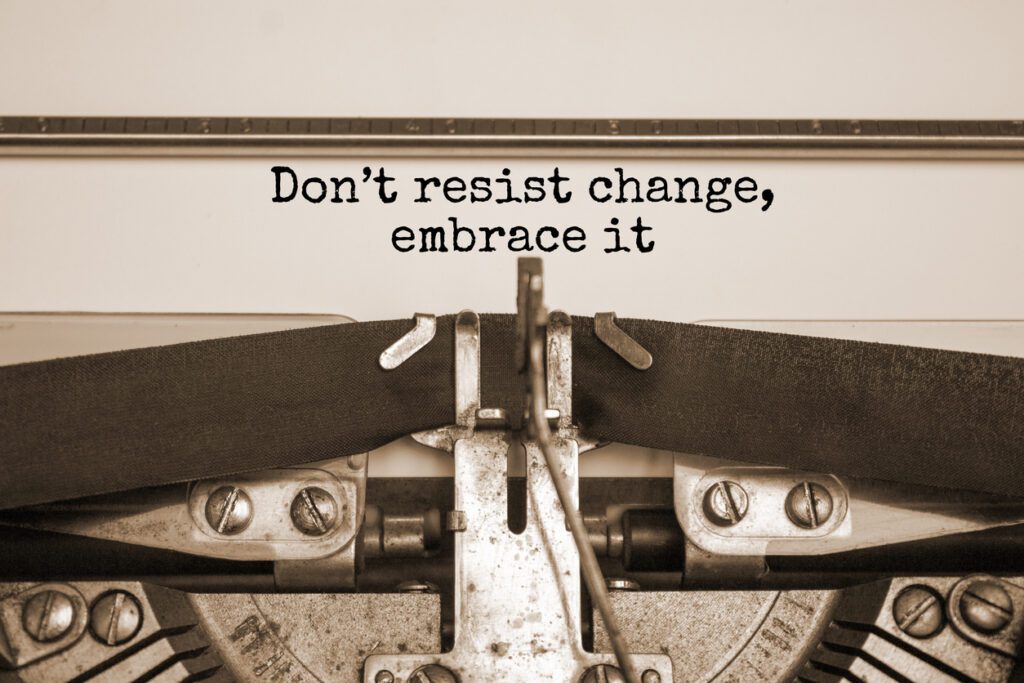As women over 50, we often find ourselves standing at a crossroads. The life we once knew, whether it was about raising children, building a career, or creating a family, may look different now. It’s easy to get stuck in the idea that we should have everything figured out by this age, but the truth is, embracing change and staying resilient is all part of the journey. In fact, not having all the answers might just be your superpower.
I’ll be honest—this wasn’t always how I saw things. I’ve been through a lot of challenges in my own life—losing my son, losing my brother, surviving a divorce, and ultimately learning how to stand on my own feet again. I’ve learned that we may not be able to control every twist and turn, but we can control how we react, how we rebuild, and how we find strength in the midst of it all.
But let’s be clear—this isn’t just about my story. This is about your journey too. I want you to walk away from this with practical resources, advice, and a sense of empowerment to help you navigate your own path, whether it’s about embracing change, healing from past pain, or simply finding the courage to take the next step.
1. Change Is Inevitable, But It’s Not the Enemy
Let’s start with a hard truth: change is inevitable. We can’t escape it. But we can change how we view it. At 50, you might be feeling the pull of new challenges, whether it’s an empty nest, career shifts, or health concerns. And if you’ve gone through any kind of loss—whether it’s the death of a loved one, the end of a relationship, or the loss of a job—it’s normal to feel like your world is shifting beneath your feet. But here’s the thing: you can handle it. And in fact, you’ve probably handled more than you give yourself credit for.
Here’s what I’ve learned from my own experiences:
- Embrace the Uncertainty: In my own life, I’ve learned that it’s okay to not have a clear roadmap. I used to feel like I was supposed to have everything mapped out—what I’d do, when, and how. But life doesn’t work that way. And honestly? Not having everything figured out can be liberating. There’s freedom in letting go of the pressure to have it all under control.
- Give Yourself Permission to Feel: I lost my son, and there’s no rulebook for navigating that kind of grief. For years, I carried guilt, wondering if I could have done more, if I should have seen the signs. The one thing that finally gave me some peace was allowing myself to feel. All the emotions. The anger, the sadness, the confusion. It’s okay to feel whatever comes up—this is part of processing change and loss.
Resources:
- The Body Keeps the Score by Bessel van der Kolk: Understanding how trauma impacts our bodies and how we can heal.
- Option B by Sheryl Sandberg and Adam Grant: A powerful look at how to build resilience after hardship.
2. Resilience Isn’t About Being Tough—It’s About Being Flexible
Resilience isn’t about bouncing back to where you were before everything changed. It’s about finding a new way to move forward, even if you don’t know exactly where you’re headed. After my divorce, I felt like I was starting from scratch. Everything I had known felt unfamiliar. But what I learned through that experience is that resilience comes from within—it’s about adaptability, not just strength.
In the face of uncertainty, resilience is all about flexibility. There will be times when you need to pivot, when life demands that you step in a new direction. It’s okay to adjust your goals, change your routine, or even go back to school or try a new hobby. Whatever it is, the key is to keep moving forward, even if the path isn’t clear.
Practical Advice for Building Resilience:
- Create a Morning Routine: One of the best things I’ve done for my resilience is building a morning routine. It gives me a sense of control and grounding when everything around me feels unpredictable. Start your day with something that nourishes your body and mind—whether it’s meditation, a quick workout, or simply sipping a cup of tea while you journal.
- Find Your “Why”: When things feel overwhelming, reconnect with your purpose. What drives you? What lights you up? Whether it’s family, a passion project, or something completely new, anchoring yourself in something meaningful will give you the resilience to push through.
Resources:
- The Power of Habit by Charles Duhigg: Learning how habits can reshape your life.
- Grit by Angela Duckworth: Understanding how perseverance and passion lead to success.
3. Making It on Your Own: Building Confidence Through Action
One of the hardest things about change, especially later in life, is the feeling of starting over. After my divorce, I realized I had spent so many years defining myself through my relationship that I had to rediscover who I was outside of that. The truth is, there’s no perfect time to start over. But there’s something powerful about learning to trust yourself again, even when you feel uncertain.
Practical Advice:
- Take Small Steps: When life feels overwhelming, break things down into manageable steps. If you’re considering a career change, start by researching the field. If you want to get back in shape, begin with short walks or simple home workouts. Small wins build confidence and momentum.
- Self-Care Is Essential: Caring for yourself physically, emotionally, and mentally isn’t selfish—it’s necessary. Take time to nurture your body and mind, whether it’s through exercise, cooking healthy meals, or simply taking a mental health day. Self-care fuels resilience.
Resources:
- Atomic Habits by James Clear: Learning how small habits can lead to big changes.
- Radical Acceptance by Tara Brach: A guide to letting go of self-judgment and embracing yourself fully.
4. Your Third Chapter: It’s Not a Time to Slow Down—It’s a Time to Thrive
As we enter our 50s, many of us face the question: “What’s next?” It’s easy to fall into the trap of thinking this is the time to slow down or start “settling” into a quieter life. But I’m here to tell you that your third chapter is far from over—it’s just the beginning.
I’m not saying it’s all smooth sailing. But the freedom we gain at this age, whether it’s from lessened responsibilities or newfound time, gives us the opportunity to explore, grow, and try new things. I’ve come to realize that this chapter doesn’t require us to be rockers. It requires us to be movers, to continue evolving.
Practical Advice:
- Embrace New Experiences: Don’t let fear of the unknown hold you back. Now is the time to step outside your comfort zone. Whether it’s traveling solo, learning a new language, or volunteering, these experiences will bring new growth and meaning to your life.
- Set New Goals: Just because we’re older doesn’t mean we stop setting goals. Whether it’s starting a business, running a marathon, or learning to play an instrument, don’t let age stop you from dreaming big. Your potential is still limitless.
Resources:
- The Defining Decade by Meg Jay: A guide to making the most of your 50s and beyond.
- The Art of Possibility by Rosamund Stone Zander and Benjamin Zander: A book about reframing limitations and stepping into new possibilities.
Embrace the Unknown
Change is hard, but it’s also the doorway to growth. Embracing uncertainty, especially in our 50s, can feel daunting, but it’s also the very thing that keeps us alive, engaged, and resilient. Your story isn’t over—it’s just entering a new chapter.
So, my advice to you is this: Let go of the need for a roadmap. Embrace the freedom that comes with not knowing exactly what’s next. Be open to new experiences, and remember that resilience isn’t about bouncing back to who you were; it’s about growing into who you’re meant to become.
You’ve got this—no matter where the road takes you next.

